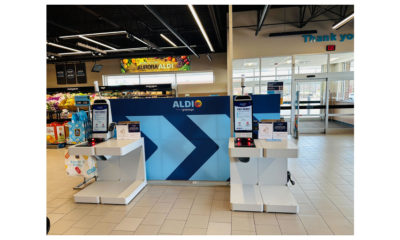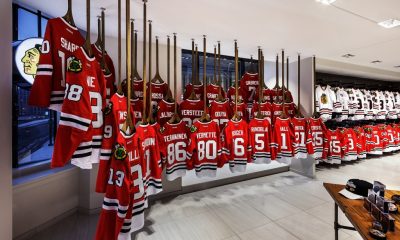Reality TV has made its bones on the dramatic, sensational and disturbing – dysfunctional living arrangements, survival skills under perilous conditions, mismatched blind dates, catfighting bachelorettes, a swing-dancing Jerry Springer, the willingness to eat worms.
None of which describes the typical day of a visual merchandiser.
But when the reality show “Making It Big” needed to pit three young professionals against one another in a dramatic competition, it used a store window as its stage.
“Making It Big,” a production of Force Four Entertainment (Vancouver, B.C.), has been shown on the Oxygen Channel in the U.S. and Life Network in Canada. Its format is to challenge contestants to perform before a demanding panel of judges. The winner gets what the producers call “the reward money can’t buy – connections with industry experts and mentoring by a high-profile leader in their industry.”
Over the past couple of seasons, the show has focused on young chefs, dress designers, hair stylists, choreographers, fashion photographers, music video directors, pastry chefs and the like. The opportunities for the winners are not insignificant. The winning chef got to study with Daniel Boulud; the choreographer with Jamie King, Madonna’s creative director; the fashion designer with Cynthia Steffe.
Why visual merchandising? “We’ve all seen some jaw-dropping windows but never taken the time to understand what it takes to pull one off,” says Force Four’s Thomas Hunt, associate producer of “Making it Big.” “It’s a marriage between art and commerce. We knew there had to be some good drama.”
The aspiring visual merchandisers were told to design a window in just two hours, creating a presentation for a basic black Diane von Furstenberg dress using pop art as their theme. The props were whatever they could buy on a one-hour trip to Home Depot with $200 in their pockets.
The reward: a mentorship with John Gearhart, director of creative services at Toronto’s stylish Holt Renfrew fashion chain.
I was invited to be a judge. The other judge was Tracey Peters, Holt’s national visual and merchandising manager.
On a summer weekend in Vancouver, itself a visual prize of a city – nestled beside whitecapped water on three sides, amidst majestic mountains – staff, contestants and judges hunkered down in Langara College, a school with a fashion and design curriculum that served as our work studio.
One at a time, the young contestants braved the clock and the critical comments from the judges to complete their assignments. I can’t tell you who won. You’ll have to watch the show when it airs this winter. But pictured are some moments from the competition.


 Photo Gallery1 week ago
Photo Gallery1 week ago
 Headlines4 days ago
Headlines4 days ago
 Headlines1 week ago
Headlines1 week ago
 Headlines2 weeks ago
Headlines2 weeks ago
 Headlines1 week ago
Headlines1 week ago
 Designer Dozen1 week ago
Designer Dozen1 week ago
 Headlines1 week ago
Headlines1 week ago
 Headlines3 days ago
Headlines3 days ago



















